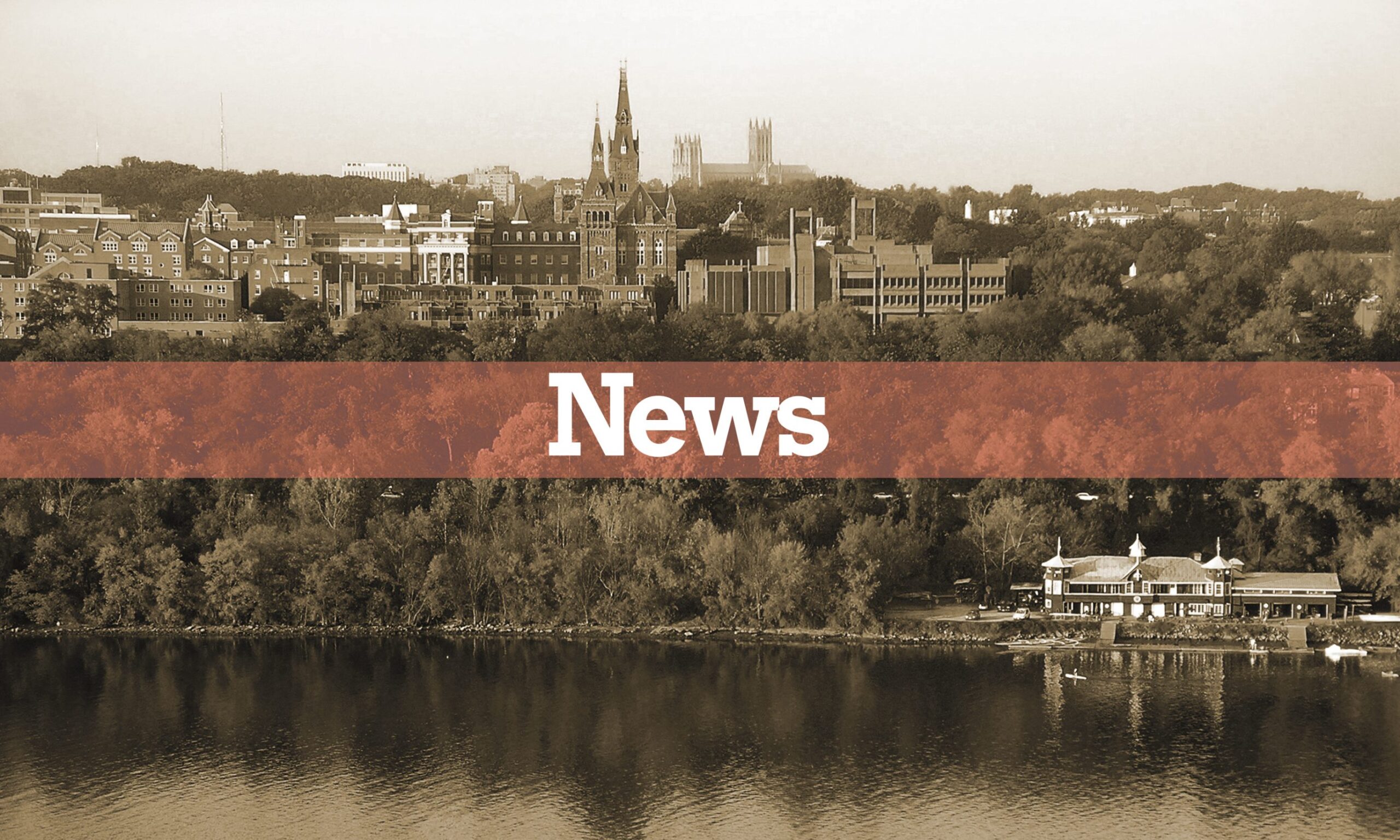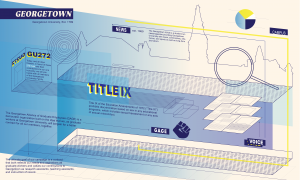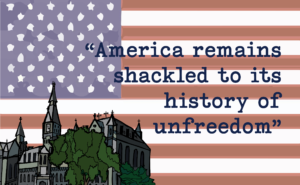The university’s endowment dropped from $1.53 billion in fiscal year 2015 to $1.48 billion in fiscal year 2016, according to a study of American and Canadian universities by the National Association of College and University Business Officers.
The three percent decline in the value of Georgetown’s endowment gives the university the 61st largest endowment of schools included in the study, just behind the University of Oklahoma, and four places behind George Washington University. Harvard and Yale topped the list with $34.5 billion and $25.4 billion, respectively.
Vice President for Advancement Bart Moore said that the university’s return on investments almost matched the 2.9 percent decline nationally that other universities experienced. The decline will not affect the money that the university can spend, because the university’s board uses multi-year rolling averages of endowment value and income to determine the annual payout from the endowment, a budgeting process designed to weather ups and downs in the endowment.
“There are no immediate consequences of the endowment’s being down last year,” Moore wrote in an email to the Voice.
Chief Investment Officer Michael Barry said that this decrease has only happened in the short run, and that the university has performed well in the last five years, earning an average annual return about eight percent.
“Ten years ago, Georgetown’s endowment was ranked 90th in total size,” Moore wrote. “To have climbed almost 30 places in a decade is really significant, and if we keep going at this rate we will be able to continue chipping away at our endowment disadvantage.”
Georgetown has the smallest endowment of any school in the top twenty of U.S. News and World Report’s ranking of best national universities in 2017. The next closest university is the California Institute of Technology, with the 39th largest endowment at $2.1 billion.
With this sustained growth, Moore said that there is no need to worry about one bad year.
Should the endowment continue to shrink, however, the university’s board would then have to decide on where to cut funding, he added. “If the endowment is down meaningfully over a period of years, then that would mean less support for university programs of all types and kinds from the endowment, tighter budgets and potentially more upward pressure on tuition and other fees,” Moore wrote.
Looking forward, neither Barry or Moore are concerned about where the endowment will be in the future, but expect some challenges along the way.
Barry said that his office is estimating the endowment will increase 12 percent in fiscal year 2017, twice the Georgetown Policy Benchmark, which they use to measure the performance of their investments. He also said that low interest rates and high stock prices could limit how much the endowment can grow.
As Vice President for Advancement, Moore works to ensure that the fall in the endowment is not due to a fall in donations. Donations were not down, he said, and average annual fundraising totals have been increasing.
He said that the university is already ahead of schedule for fundraising this year, and they expect donations will continue to come in. “We’re so pleased to have added more than $600 million to the endowment from our donors commitments to the Generations campaign,” Moore wrote, “and we are confident that ongoing fundraising will continue to generate net growth for the university”





